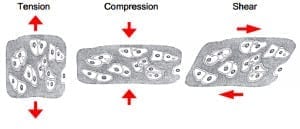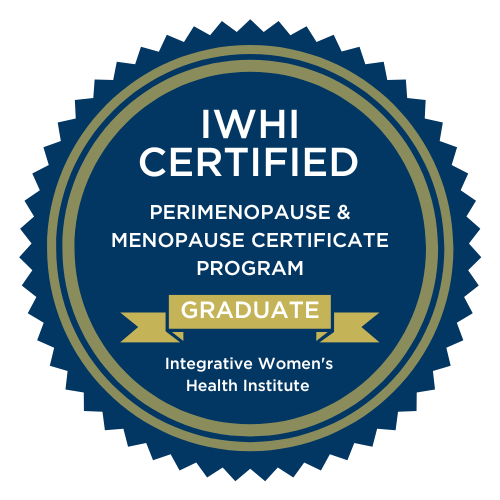Cause of Fibroid Formation
A cause of fibroids that is rarely discussed may be mechanotransduction caused by tension on tissues. In Katy Bowman’s book Move Your DNA: Restore Your Health Through Natural Movement she writes about how we move or don’t move changes our physical bodies right down to the cellular level. She explains that mechanotransduction is “the process by which cells sense and then translate mechanical signals (compression, tension, fluid shear) created by their physical environment into biomechanical signals, allowing cells to adjust their structure and function accordingly.”

This got me thinking about the effect these forces have on our internal organs. I knew that prolonged forces, due to adhesions or shifted immobile organs will inhibit organ function, but I hadn’t considered the deeper effect of cellular expression. Instead, I was looking at the net result of disrupted blood and lymph flow (less than optimal nutrient and oxygen delivery as well as an inability to clear pathological debris).
Learn the many benefits of abdominal massage and how to massage your own belly for reproductive and digestive health HERE.
Mechanotransduction and Fibroid Formation
This study, The Extracellular Matrix Contributes to Mechanotransduction in Uterine Fibroids looks at mechanotransduction of extracellular matrix. ECM stiffness has a direct effect on fibroid formation and growth…ECM stiffness is generated by hyperproduction of collagen. “Fibrosis is initiated by many triggers which injure a cell, such as extravasation of blood into tissues, oxidative stress, infection, and chronic inflammation.”
Putting the Pieces Together of fibroid formation
“the process of cellular mechanotransduction might be more a phenomena of structural hierarchies and biological architecture than the action of any single mechanotransduction molecule” Read full article here: Cellular mechanotransduction: putting all the pieces together again
More on Fibroid Management.









Thank you.